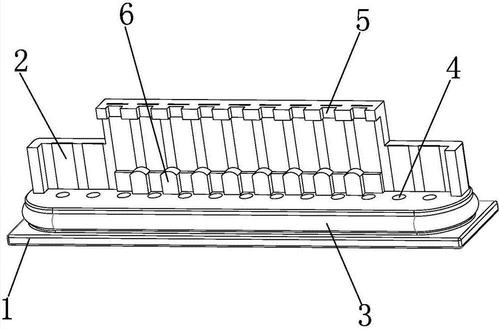Time:2025-07-08 Views:1 source:News

Spring pins, also known as dowel pins or roll pins, are widely used in various mechanical and electrical systems for positioning, locking, and connecting components. However, the issue of "pin - sticking" or "pin - jamming" can frequently occur, causing significant problems in assembly and operation processes.
One of the primary reasons for spring pin sticking is improper manufacturing tolerance. If the diameter of the pin hole is too small or the spring pin itself has dimensional deviations, it will lead to excessive friction when inserting or extracting the pin. During the manufacturing process, even a slight error in the machining of the hole or the pin can cause a tight fit that restricts the movement of the pin. For example, in high - precision equipment, where the allowable tolerance range is extremely narrow, a deviation of just a few micrometers can result in the pin getting stuck.
Another contributing factor is the presence of contaminants. Dust, debris, metal shavings, or moisture can enter the pin - hole interface. These contaminants can act as abrasives, increasing the friction between the pin and the hole. In a dusty industrial environment, for instance, fine particles can accumulate in the gap, gradually forming a layer that prevents the spring pin from moving freely. Moreover, if the equipment is exposed to a humid atmosphere, rust may form on the surface of the pins or in the holes, further exacerbating the sticking problem.
Material incompatibility also plays a role. Different materials have different coefficients of thermal expansion. When the operating temperature of the system changes, if the spring pin and the component it is inserted into are made of materials with significantly different thermal expansion rates, the dimensions of the pin and the hole will change at different rates. This mismatch can cause the pin to become too tight in the hole, leading to sticking. Additionally, chemical reactions between the materials of the pin and the surrounding components, such as corrosion or galvanic reactions, can alter the surface properties and cause adhesion, resulting in the pin getting stuck.
Inadequate lubrication is another common cause. Spring pins rely on proper lubrication to reduce friction during insertion, extraction, and normal operation. Without sufficient lubrication, the metal - to - metal contact between the pin and the hole will generate high levels of friction. Over time, this friction can cause wear on the surfaces, leading to irregularities that make it even more difficult for the pin to move. Moreover, the type of lubricant used also matters. Using an inappropriate lubricant that does not have good anti - wear or anti - corrosion properties can accelerate the degradation of the pin - hole interface and contribute to the sticking problem.
Read recommendations:
Intelligent portable projector pogopin